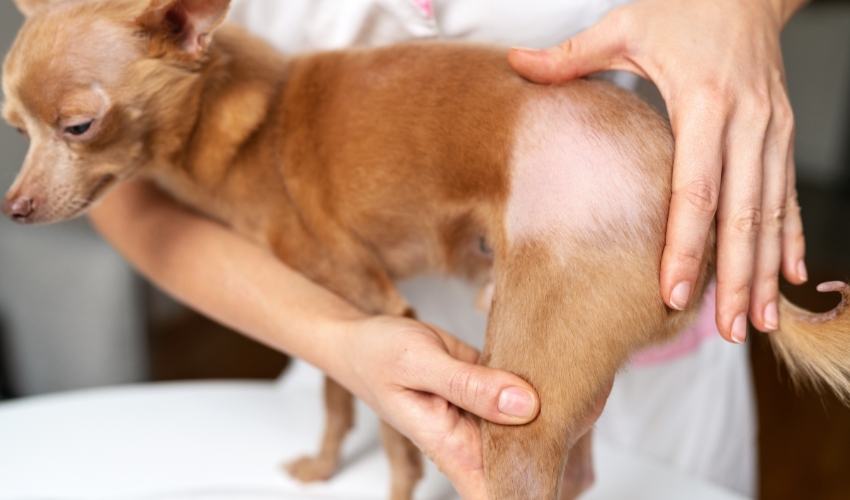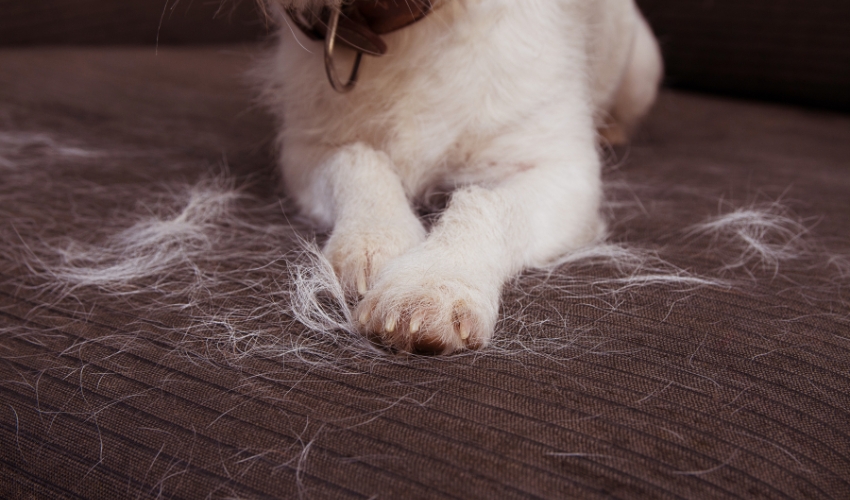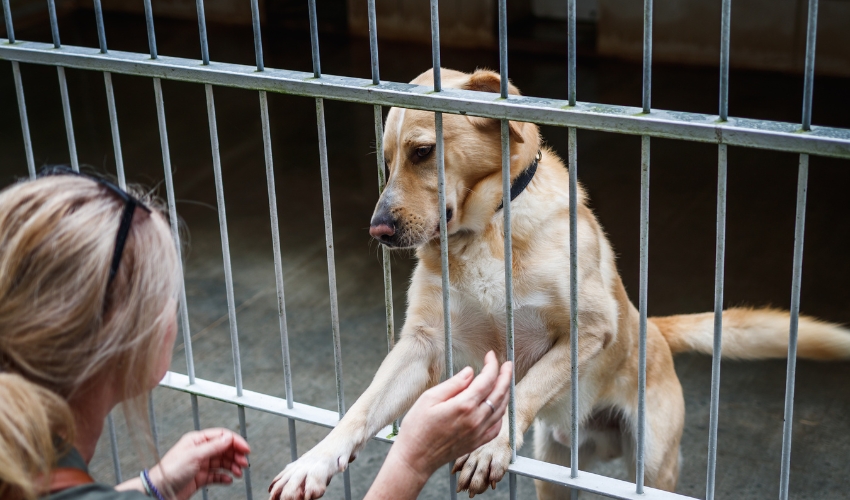If you’ve noticed an explosion of fur around your home lately, you’re not alone. Dog shedding in May is a common concern for pet parents as warmer weather and longer days trigger a natural increase in hair loss. But while this seasonal transition is normal, understanding why it happens—and how to manage it—can make a big difference for both you and your furry friend.
In this article, we’ll explore the reasons behind your dog’s increased shedding in May, signs to watch for, and how to keep your dog comfortable (and your home a little less hairy).
The Science Behind Spring Shedding
Dogs naturally shed their coats year-round, but most experience two major seasonal sheds: once in the fall and once in the spring. In May, rising temperatures and extended daylight hours prompt dogs to lose their dense winter coat and prepare for summer.
This seasonal coat blow is heavily influenced by photoperiod—the number of daylight hours your dog is exposed to. As daylight increases in spring, your dog’s body sheds its thicker undercoat to help regulate body temperature in the warmer months.
American Kennel Club experts explain that while double-coated breeds like Huskies, Golden Retrievers, and German Shepherds shed the most during this time, even short-haired dogs can experience a visible uptick in fur loss.
Additional Factors That Can Increase Shedding in May
While seasonal shedding is natural, other factors common in May can intensify the fur fallout.
Allergies and Environmental Irritants
Just like humans, dogs can suffer from seasonal allergies. Pollen, mold, and grasses are at their peak in spring and can cause skin irritation, itching, and inflammation. When dogs scratch or bite at irritated areas, it can lead to more fur loss.
Dogs with allergic dermatitis may shed more or experience patchy bald spots. In these cases, addressing the underlying allergy is key to reducing hair loss. If you suspect allergies, consult your veterinarian. You can also explore natural solutions and support products tailored for allergy-prone pets.
Diet and Nutritional Deficiencies
A dog’s skin and coat health is directly influenced by diet. In the spring, when some dogs are more active and burning more calories, a low-quality or poorly balanced diet can result in increased shedding due to nutrient depletion. Dogs require adequate protein, healthy fats, and especially omega-3 and omega-6 fatty acids to maintain a healthy coat.
If your dog’s coat looks dull, dry, or excessively flaky in addition to shedding, it may be time to revisit their nutrition plan. You can find helpful nutrition guides for pet parents on the Doobert blog.
Hormonal Changes or Stress
Dogs that were recently adopted, rescued, or placed in new environments often experience shedding as a stress response. This is especially true for dogs who are adjusting to shelter life, a new home, or changes in routine. While some stress shedding is temporary, consistent stress can lead to chronic hair loss or skin issues that need veterinary attention.
How to Manage Shedding Effectively
While you can’t stop seasonal shedding, you can significantly reduce loose hair and keep your dog’s skin and coat in optimal condition with a few consistent habits.
Brush Daily or Every Other Day
Regular brushing is one of the most effective ways to manage dog shedding in May. It removes loose fur before it ends up on your clothes, furniture, and floors. Brushing also helps distribute natural oils across your dog’s skin and coat, which supports a healthy shine and reduces dryness.
The right brush makes all the difference, depending on your dog’s coat type:
-
Undercoat rakes are great for double-coated dogs like Huskies and Shepherds.
-
Slicker brushes work best on medium- to long-haired breeds.
-
Rubber grooming mitts are gentle and effective for short-haired dogs.
Brushing not only keeps shedding under control but also gives you a chance to check your dog for lumps, bumps, skin issues, or signs of parasites that might otherwise go unnoticed.
Need the right tools for the job? Visit the Doobert Shop to browse grooming essentials that fit your dog’s coat needs. Best of all, 5% of your total purchase goes directly to the animal shelter or rescue of your choice, helping animals in need while you care for your own.

Bathe Strategically
Bathing your dog with a gentle shed-control or moisturizing shampoo can help release loose fur and soothe itchy or irritated skin. However, bathing too often can strip away natural oils and worsen dryness. Most dogs only need a bath every 4 to 6 weeks, though dogs with allergies may require more frequent rinses with hypoallergenic products.
Dry thoroughly and follow up with brushing to remove loosened fur.
Prioritize Nutrition
Make sure your dog’s diet includes enough essential fatty acids, especially omega-3s, which support skin health and reduce inflammation. You may want to consider adding a fish oil supplement or switching to a dog food specifically formulated for coat and skin health.
Consult your vet before adding supplements, especially if your dog has underlying health conditions or is on medication.
Clean Smart, Not Harder
During heavy shedding periods, your home will need a little extra attention. Use vacuum attachments for upholstery and invest in a lint roller or pet hair remover for your clothes. Washing pet bedding regularly and using washable covers on furniture can also help manage the mess.
When Shedding Is a Red Flag
While seasonal shedding is normal, there are signs that your dog’s shedding might be more than just a weather change:
-
Bald spots or uneven hair loss
-
Red, inflamed, or flaky skin
-
Excessive itching, licking, or chewing
-
A sudden increase in shedding with no environmental changes
These may point to an underlying issue like parasites, hormonal imbalances (like hypothyroidism or Cushing’s disease), infections, or allergies. If you notice any of these symptoms, schedule a veterinary check-up for a proper diagnosis.

The Takeaway: Shedding Is Natural, But Manageable
May marks the peak of spring shedding, especially for dogs with thick or double coats. While it may be frustrating to see fur everywhere, it’s a natural and necessary part of your dog’s health cycle. With a bit of grooming, nutrition, and regular care, you can keep your home cleaner and your dog happier.
Visit our blogs for more seasonal tips, health guides, and pet resources tailored to pet parents and animal lovers. And if you’d like to stay updated with the latest pet care updates, adoptable animals, and heartwarming rescue stories, we invite you to like and follow us on Facebook.
Because a little fur never stopped a lot of love.











